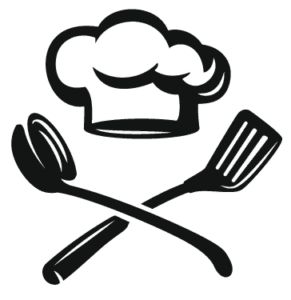The Emerald Education Blog

Doing Math at Home: Simple Ways to Engage Children
ARTICLE BY DAWNE COKER
Supporting our children’s education can be tough, especially when it comes to math. But using math activities at home can be a fun, easy way to make a big difference! Here are some tips for incorporating math into daily activities.
Use everyday items.
Our homes are filled with math tools—we just don’t always see them that way. Household items can support math practice at every grade level. Items may include rocks, leaves, cups, coins, straws, crayons, cereal, and more.

- Grades K–2: Create collections of everyday objects. Use these collections to sort and count, make patterns, or compare attributes. These items can also be used to practice addition and subtraction.
- Grades 3–5: Go on a treasure hunt to find measurement tools like rulers and measuring cups. Use these tools to make estimates and find actual measurements. For example, start by estimating the amount of cereal in ½ cup. Then use a measuring cup to check your estimate.
- Grades 6–8: Find containers or foods with data on the labels. Make observations about the data, convert measurements, and identify volume or weight. Also, discuss price comparisons and unit rates.
Do math in the car.
We spend a lot of time in cars. We use them for commuting to school, activities, stores, and more. Use this time to do mathematics along the way.
- Grades K–2: Recognize and read numbers, count cars, identify shapes on signs, or practice addition and subtraction.
- Grades 3–5: Multiply and divide the numbers you see or compare fractions from road signs or distances.
- Grades 6–8: Calculate unit rates (like speed). Discuss ratios and proportions, or estimate travel time. Collect data on the types of vehicles you see, and calculate the percentages of each type of vehicle.

A fun activity for any age is to turn license plates into challenges. Try adding, subtracting, multiplying, or dividing the numbers on the plates you see. For a twist, find the average or the median of the numbers on a plate. For example, if you see a plate with 426, you could add the digits, multiply, or find their average.
Play with your food.
Another place we spend a significant amount of time is the kitchen, and math is everywhere in the kitchen! Invite your child to join in the meal prep process.
- Grades K–2: Count, sort ingredients, compare quantities, and practice basic addition.
- Grades 3–5: Measure ingredients, convert fractions, and calculate the areas or perimeters of food items.
- Grades 6–8: Combine measurements, work with ratios, calculate percentages for recipes, and adjust recipes to increase or decrease the number of servings.

Adding these activities to your daily routine can help your child build a strong, positive relationship with math. The key is to keep it fun and engaging. Turn daily moments into learning opportunities. Happy math-ing!
